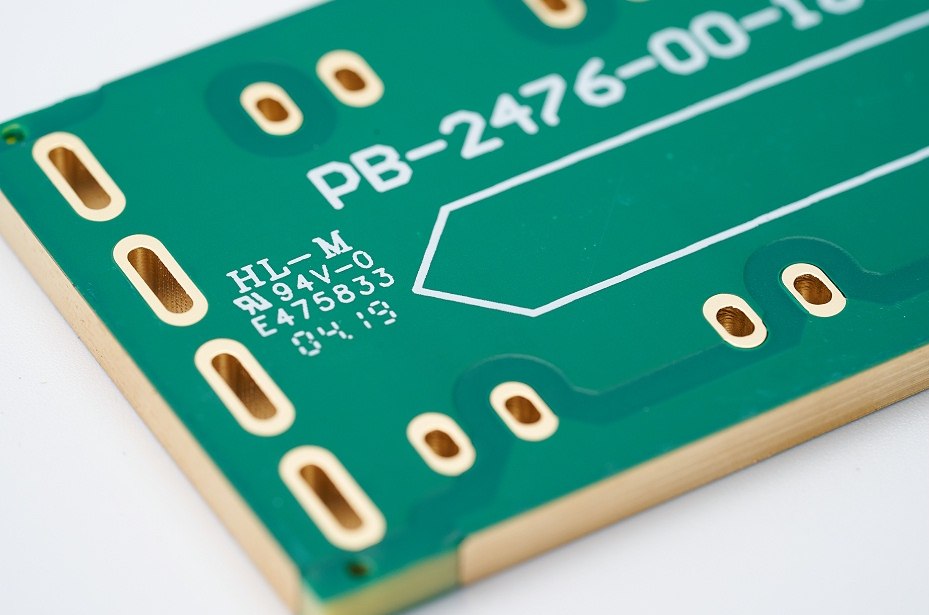
The Role of PCB Heavy Copper Plate in Design
Time:2021-01-15Views:10As electronic products are used in harsh environments and run at higher currents, thermal management is becoming increasingly important. PCB thick copper boards can help dissipate heat from the components, thereby greatly reducing failures. The resulting PCB thick copper plate has better conductivity and can withstand thermal stress. These boards can be manufactured in a smaller area because they can contain more copper on the same circuit layer. The benefits of PCB heavy copper plates include:
1. Reduce thermal strain
2. Better conductivity
3. Can withstand repeated thermal cycles,
4. Due to the delamination of copper, the PCB size is smaller
5. The strength of the connector is increased

Industries that benefit from PCB thick copper plates are manufacturers of power supplies, automobiles, solar panels and welding equipment. The copper-plated vias on the heavy copper board of the PCB are most suitable for transferring heat to an external heat sink. PCB thick copper plates are made using electroplating and etching techniques in order to increase the copper thickness of the sidewalls of the through-holes and the electroplated holes.
PCB manufacturers will check with customers to find out their requirements, and then match the thick copper manufacturing process to specific needs. It is important to understand the circuit board type, number of layers and material requirements. Honlynn Circuits provides high-quality PCB thick copper boards, with the ability to produce up to 12OZ copper thick PCBs.
Contact us to learn more about the advanced manufacturing capabilities of Honlynn Circuits to meet your unique product requirements and design standards.